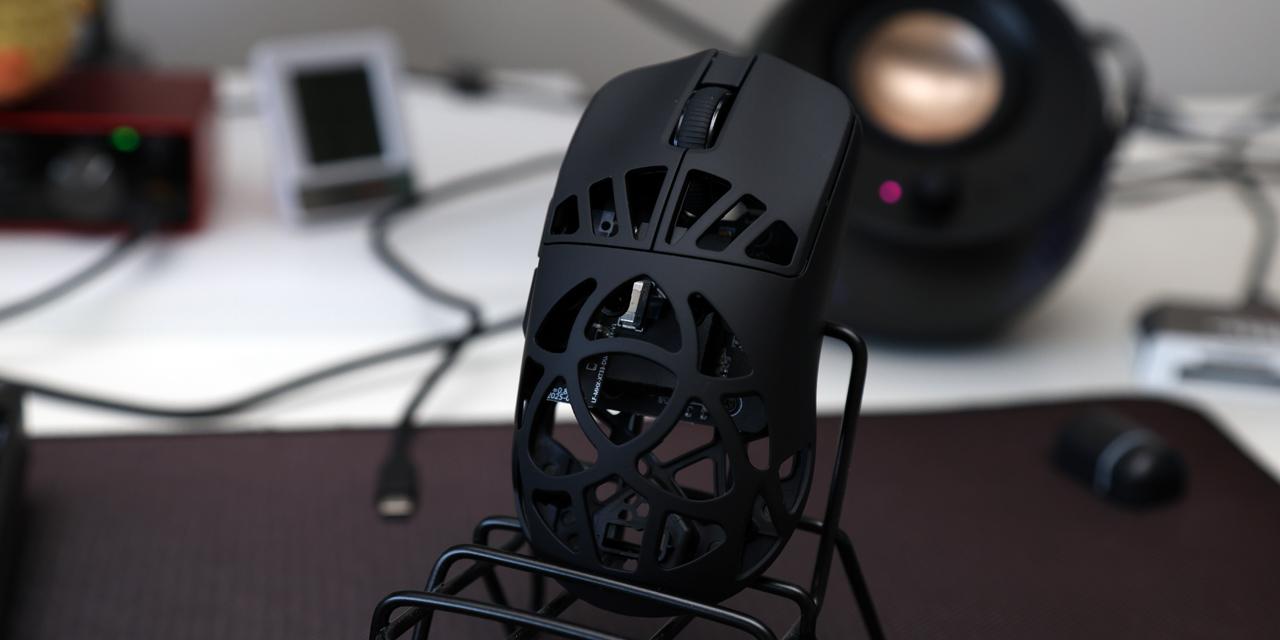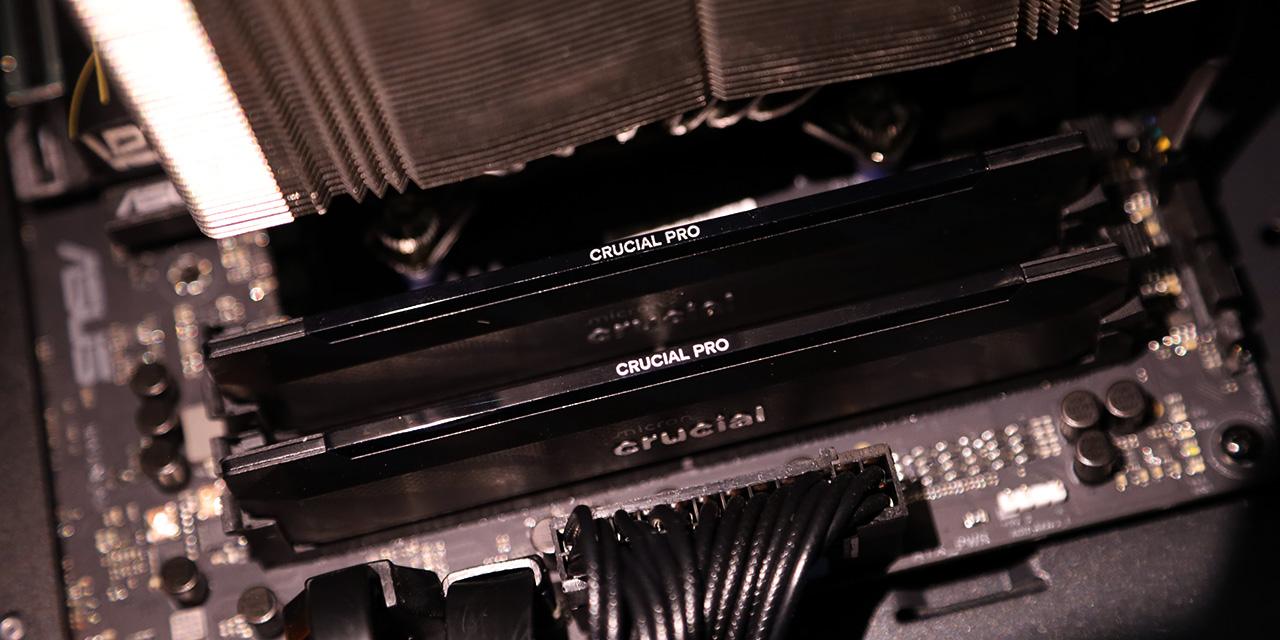|
From X-bit Labs: The code-named Llano accelerated processing unit (APU), which combines x86 cores with DirectX 11 graphics engine on the same piece of silicon, from Advanced Micro Devices has hardly been an easy project for the world's second largest supplier of microprocessors. Emerged in the plans after cancellation of other Fusion-series products, Llano got delayed dramatically. But it looks like the wait will be over in July, 2011. Due to issues with the yields of the first Llano samples, Advanced Micro Devices had to postpone the production of Llano chips by a couple of months, said the company's chief executive officer back in mid-2010. Nonetheless, instead of initiating mass production in late 2010, the company will only start to make desktop Llano chips in July, 2011, according to sources familiar with AMD's plans. But even being whopping seven months behind the schedule, Llano will still be an interesting product. There will be three types of code-named Llano chips to be released in the third quarter of 2011: quad-core and triple-core Beavercreek chips with 65W or 100W thermal design power as well as dual-core Winterpark APU with 65W TDP. Since Llano is by definition a mainstream unit, there will over seven models launched in the third quarter of next year. All of the chips will support DirectX 11 graphics UVD 3 video engine and will be available in FM1 form-factor. Although there are no benchmarks of Llano's performance, AMD itself reportedly positions its Llano APUs against entry-level Phenom II processors as well as various Athlon II chips. Potentially, this means that prices on different versions of Llano will vary significantly. Quite a lot is known about Llano processor, which is a part of Sabine platform. As reported earlier, AMD Llano accelerated processing unit (APU) will have four x86 cores based on the current micro-architecture each of which will have 9.69mm² die size (without L2 cache), a little more than 35 million transistors (without L2 cache), 2.5W – 25W power consumption, 0.8V – 1.3V voltage and target clock-speeds at over 3.0GHz clock-speed. The cores will dynamically scale their clock-speeds and voltages within the designated thermal design power in order to boost performance when a program does not require all four processing engines or trim power consumption when there is no demand for resources. According to sources familiar with the matter, different versions of Llano processor will have thermal design power varying from 20W to 59W: high-end dual-core, triple-core and quad-core chips will have TDP between 35W and 59W; mainstream chips with two of four x86 cores will fit into 30W thermal envelope and low-power dual-core Llano chips will have 20W TDP. Llano will be made using 32nm SOI process technology. View: Article @ Source Site |
 |
AMD's Llano Production to Initiate in July 2011
© Since 2005 APH Networks Inc. All trademarks mentioned are the property of their respective owners.





